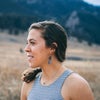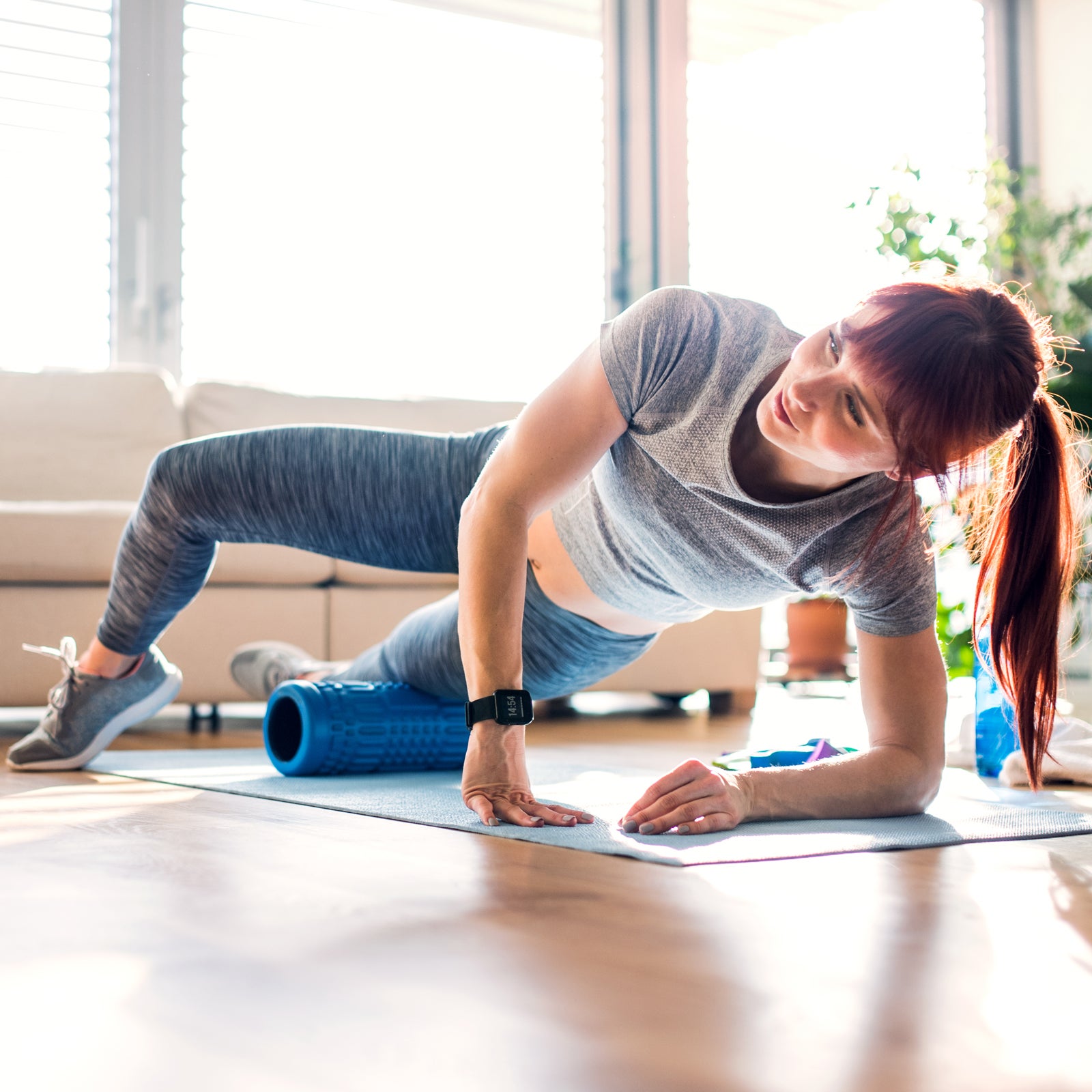If youÔÇÖre an active person, surely youÔÇÖve heard╠řthese╠řmessages╠řbefore: Stretch, itÔÇÖs good for you.╠řAnd do mobility exercises.╠řRecovery is the key to health and training progress.
The thing is, theyÔÇÖre╠řtrue. And recovery, especially,╠řis essential to peak performance and should be treated with the same attention we give to physical training. ÔÇťIf you donÔÇÖt recover properly, you diminish the work capacity you can take on in your next workout,ÔÇŁ explains Steve House, a professional climber and coauthor of and Training for the Uphill Athlete. In other words,╠řif you want to lift more weight, run faster or longer, or increase the intensity of your Zoom HIIT class without getting injured, youÔÇÖll need to help your body recover properly in between training sessions. With╠řmany of us spending more time than ever at home, now is╠řthe perfect opportunity to establish good recovery habits.
The array of specialized tools and methods available to help you do this is dizzying, from foam rollers, massage balls╠řand guns, and╠řsalt or ice baths to╠řwebsites, apps, and even lotions. How do you tell the gimmicky from the truly helpful? You ask the pro athletes putting their bodies to the test every day.
Amanda Hankison, snowboarder
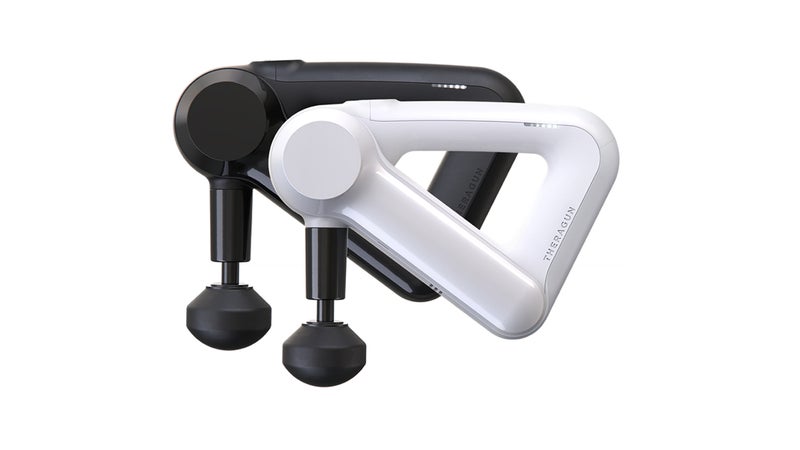
Theragun G3 ($399)
After Hankison, a big-mountain snowboarder and filmmaker, broke her leg, she wanted to get back on the slopes as quickly as possible. She maxed out her insuranceÔÇÖs physical-therapy offerings, then started searching for ways to continue her recovery at home. ÔÇťA few friends had Theraguns, and I always wanted one╠řbut couldn’t justify the cost,ÔÇŁ she says. Recovery success stories from fellow athletes convinced her.
Now Hankison uses the brandÔÇÖs all the time. Its electric motor produces a 40-pound force that pumps 40 times a second, helping release tension in sore muscles and any area that tends to stiffen around previously broken bones or sprained joints. ÔÇťWhen IÔÇÖm super tired and foam-rolling seems daunting, I can just chill on the couch and use the Theragun,ÔÇŁ she says. ÔÇťSounds lazy, I know, but itÔÇÖs really effective on hard-to-reach spots like the iliacus muscle,ÔÇŁ╠řwhich is╠řdeep in the hip.
Karsten Delap, climber
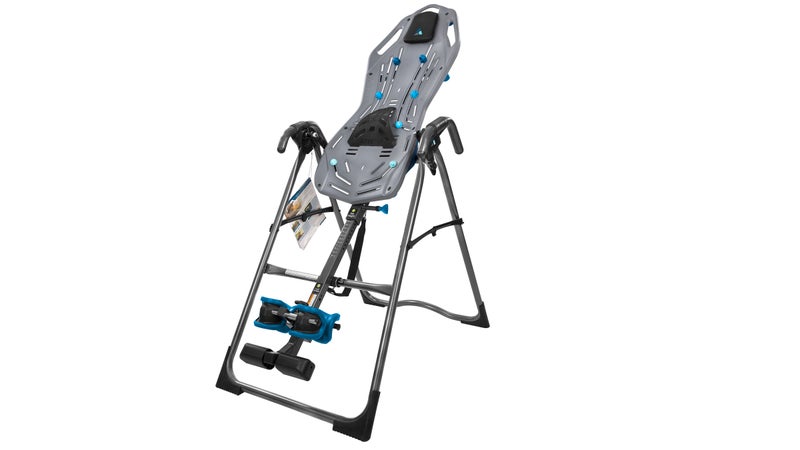
Teeter FitSpine X1 Inversion Table ($330)
Ever since his days playing college baseball, Delap has dealt with lower-back pain resulting from╠řcompressed L4 and L5 vertebrae. Now╠řa professional climber and the owner of the North CarolinaÔÇôbased Fox Mountain Guides, carrying heavy packs╠řexacerbates that pain. Looking for relief a few years ago, he turned to the╠ř, a╠řdevice that decompresses the spine by gently flipping you upside down by the ankles,╠řallowing gravity to elongate and stretch the body.
ÔÇťI look at [recovery] products as a way to sustain training and push limits╠řbut also to keep going through big bouts of work while guiding in the mountains,ÔÇŁ Delap says. The table can be customized with acupressure nodes and a lumbar bridge, depending on usersÔÇÖ needs, and it can help with general muscular tension, herniated discs, sciatica, and other spinal ailments.
Sunny Stroeer, endurance athlete

Gaia Yoga Subscription ($99 per year)
Most days, Stroeer, an ultrarunner and a mountain , wakes up in a sleeping bag. When sheÔÇÖs home in Kenab, Utah, however, the 34-year-old likes to start her day with a morning meditation and yoga session. ÔÇťNo matter what IÔÇÖm looking forÔÇömeditation, basic stretches, or a specific flow and mobility focusÔÇöIÔÇÖm usually able to find it on ,ÔÇŁ she says of the wellness website and app.
Stroeer has used the platform to keep both her body and mind limber in between expeditions for the past two years. It offers more than a thousand yoga, meditation, breath-work, Pilates, and body-weight cardio videos, ranging from a five-minute Care for Tired Shins╠řclass to 90-minute full-body vinyasa flows. Members can filter the options by body part, duration, and sport.
Chlo├ę Dygert, cyclist
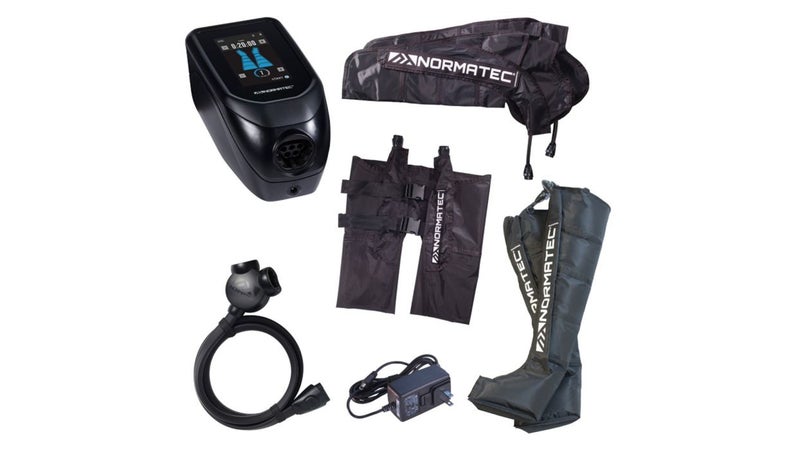
NormaTec Full Body Recovery System Pulse Pro 2.0 ($2,895)
In the final months leading up to the 2016 Olympics, world champion U.S. track cyclist Dygert was logging dozens of hours in the saddle each week. To maintain her giant workload, she started using╠ř, a compression massage device that boosts blood flow. (Dygert is now╠řsponsored by the company.) Users slide their arms, legs, or hips into sleeves that inflate, squeeze, and pulse in a series of patterns designed to reduce lactate buildup, minimizing fatigue and increasing mobility.
Dygert travels with it everywhere. ÔÇťItÔÇÖs a tool that I trust and have used at every big event IÔÇÖve competed at since,ÔÇŁ she says. ÔÇťI generally use them right after a long training day to flush the legs out. Then on race day, or the day of a big workout, I will flush the legs a few hours prior.ÔÇŁ
Emily Harrington, climber
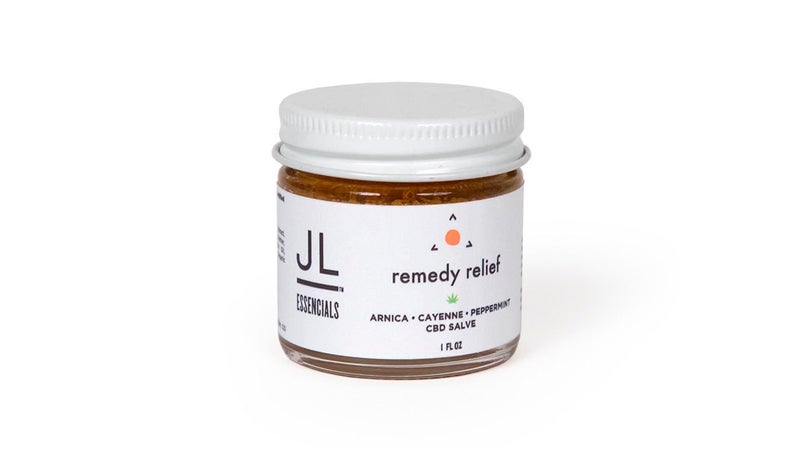
JL Essencials Remedy Relief CBD Balm ($69)
Though Harrington, a professional climber, now resides in California, she grew up in Boulder, Colorado, where her aunt still lives and runs╠řthe skin-care company JL Essencials, which makes organic, plant-based salves, oils, and serums. Harrington applies the mixtures to alleviate everything from sore muscles to worn skin.
Her favorite product is the balm, which blends full-spectrum CBD hemp extracts╠řand arnica, an herb thatÔÇÖs part of the sunflower family, to soothe aches. Cayenne pepper and peppermint oils stimulate circulation. Altogether, Harrington says, ÔÇťitÔÇÖs warm and tinglyÔÇŁ and provides quick, relaxing relief.
Steve House, alpinist
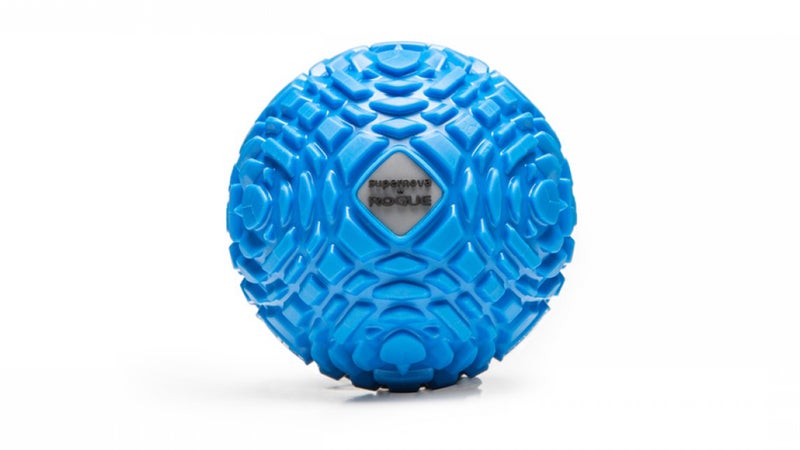
MobilityWOD Supernova 80-Millimeter╠ř($39)
House recommends using a small, hard ball like those in the series to roll out tight and sore muscles. ÔÇťLike deep-tissue massage, rolling is often uncomfortable, especially when the targeted area is seriously afflicted,ÔÇŁ he╠řsays. ÔÇťWhile youÔÇÖll feel relief after just a few minutes, donÔÇÖt expect a quick fix. You should plan for routine maintenance.ÔÇŁ
He budgets five╠řto twenty╠řminutes a day for rolling. ÔÇťIf youÔÇÖve got a knot, then even a couple of minutes on that spot will help. A useful guide is to roll until you feel a change in the tissue, and stop when you are no longer making a change. You should feel some warmth, a relief or release of tension, and a decrease in pain after rolling,ÔÇŁ he says. ÔÇťDo not roll on bruised tissue or injured areas.ÔÇŁ

